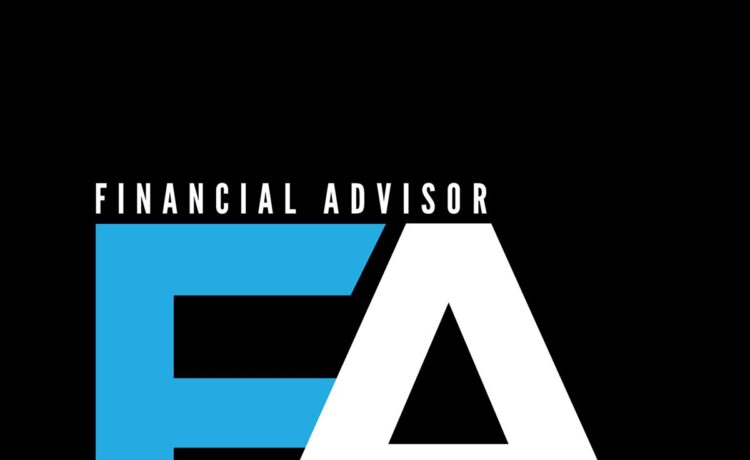By many accounts Americans are hoarding trillions and trillions in cash or cash equivalents such as money market funds and savings accounts. But with the equity markets soaring to record levels, despite nosebleed valuations, many investors are itching to get in on the action in some way and put that cash to work.
A recent Goldman Sachs survey reported that family offices across the globe are eager to allocate a portion of their ample cash to chase potentially higher returns in riskier assets such as private equity, private credit and crypto over the next 12 months.
“Think about the record amount of money sitting in money market funds, all of that money has to come into the market when they start cutting taxes,” said James Thorne, chief market strategist at Wellington-Altus Private Wealth in Toronto. “The more important thing is to have your money fully invested in the market, not in cash.”
(The Federal Reserve cut the federal funds rate by a quarter point on Sept. 17)
So Financial Advisor recently asked Thorne and investment pros at Hightower Advisors and Poljak Wealth Management at Steward Partners how they would advise a hypothetical investor who is in his or her late 40s, owns a home, has $300,000 in a retirement account and $300,000 in other assets—and $1 million cash to deploy in today’s market.
Like Thorne, the other strategists were bullish on U.S. equities when setting up a portfolio for such a client.
“I think we’re in the fourth or fifth inning,” said Stephanie Link, chief investment strategist and portfolio manager at Hightower Advisors in Chicago, referring to the multiyear rally in the Standard & Poor’s 500 Index.
Denis Poljak, wealth manager and co-founder, Poljak Wealth Management at Steward Partners in Shreveport, La., is also bullish on stocks, advocating a 75% allocation to equities.
The advisors’ full recommendations below are slightly edited for space and clarity.
Stephanie Link
Diversification is key. That’s number one. Number two: You can be 60% stock, 40% bonds. I think nowadays you definitely have to be at this. In this person’s portfolio, they’re young enough to have even 70% in equities. Is it 30% bonds? Maybe, or maybe it’s 20% bonds, 10% private equity. Because this investor has a long timeframe and I assume they don’t need the liquidity. They should have exposure to private equity because it’s a nice risk mitigation tool and a diversification tool.
Because I believe the economy is so resilient right now and the Fed is about to embark on a rate cut cycle, I think you want to own more cyclical companies, industries that are tied to the economy hanging in there. So that’s financials. Anything industrial that’s tied to the data center and grid and power.
You want to have exposure to the consumer. I want you to have exposure to housing because I believe very strongly in the housing cycle. If you have rates coming down, you’re going to have mortgage rates coming down. The pent-up demand in housing is really pretty interesting. We have five million homes short in the country, and you have five million millennials that want to buy a first-time home.
You want to have big, large-cap quality companies, best-in-breed, number one in their industry. And on market volatility, you add to those companies.
I would say also, you take that million dollars and you dollar cost average. Do not put it all in the market on day one. You dollar cost average, either once a quarter or once a month, or at the discretion of whoever is running your money. If the market drops 3% in a week or 5% in a week, that’s the time when you want to be adding and putting your positions into the marketplace. You never really know when you’re going to get a correction, when you’re going to get a pullback.
James Thorne
I would have a significant exposure to innovation. The easiest way to do that would be through the NASDAQ 100 Index. Then I would have a significant weight to other areas of the economy, which I would put in the S&P 500.
Then I would have a little bit of exposure to China. Because of innovation, I would buy the KWEB (KraneShares CSI China Internet ETF, which offers access to Chinese Internet companies).
And then lastly, I would have 10% in a combination of gold and bitcoin. Gold, bitcoin and ethereum would be a bucket of at least 10%. If you do that, you’ll have beautiful diversification and your portfolio will appreciate nicely. That’s what I would suggest.
For specific sectors, anything that is related to AI. You can start off with say Nvidia or Palantir or Tesla. What AI also does is it consumes a lot of power. You’re going to want data centers, own companies like a GE Vernova or an Eaton.
Invest in companies that work on power consumption. And then you’re going to want to own uranium, right? Natural gas. You’re going to own pipelines. Then you’re going to want to own financials like Morgan Stanley, Goldman Sachs, JPMorgan. Own high-quality regional banks because when you cut interest rates, you’re going to have mortgage refinancing, right?
Denis Poljak
Someone who is middle aged, but with a fairly long-term high-investment horizon, we can be more aggressive. I would be definitely tilted more towards equity. I would recommend at least 70%, 75% allocation to equities.
We would, of course, create some kind of a fixed-income basket that would be available for emergencies, unplanned cash needs or for the market declines. We know that the market will go up and down. There’s going to be market pullbacks. So we want a position for that as well.
In the fixed-income sector, we are very conservative. We’re playing it very safe. We invest in short-term Treasurys, only the safest investments there. If someone wants to have some corporate bonds, it’s only in the highest quality corporate bonds. We do not recommend touching anything high yield or junk bonds with a 10-foot pole.
On the equity side, we are going to create a portfolio of individual equities. That’s not just buying the S&P 500 but really tailoring a portfolio for growth, focusing on the sectors that we believe are poised to do the best.
We love technology and the companies that are benefiting from the AI boom. We think there’s still a lot of room to run in AI. We cannot ignore that.
We like certain sub-sectors of healthcare and industrial is a huge deal. With the current economic environment and with the current administration … we think we are going to see a boom in the industrial sector. We’re seeing a lot of these companies that are building their own power plants next to their data centers to supply them with the power to run them.
We like the financial sectors a lot and consumer staples and the utilities sub-sector that’s providing power plants for the data centers and things like that.
And then if we do have a slowdown in consumer spending of some kind, even if it’s a little bit or there’s some kind of a mild recession in certain sectors, well, consumer staples is a recessionary-proof sector that always does well in a recession.
But for the long-term investor, I am among the economists who believe we are still in the early stages of the secular bull market.




